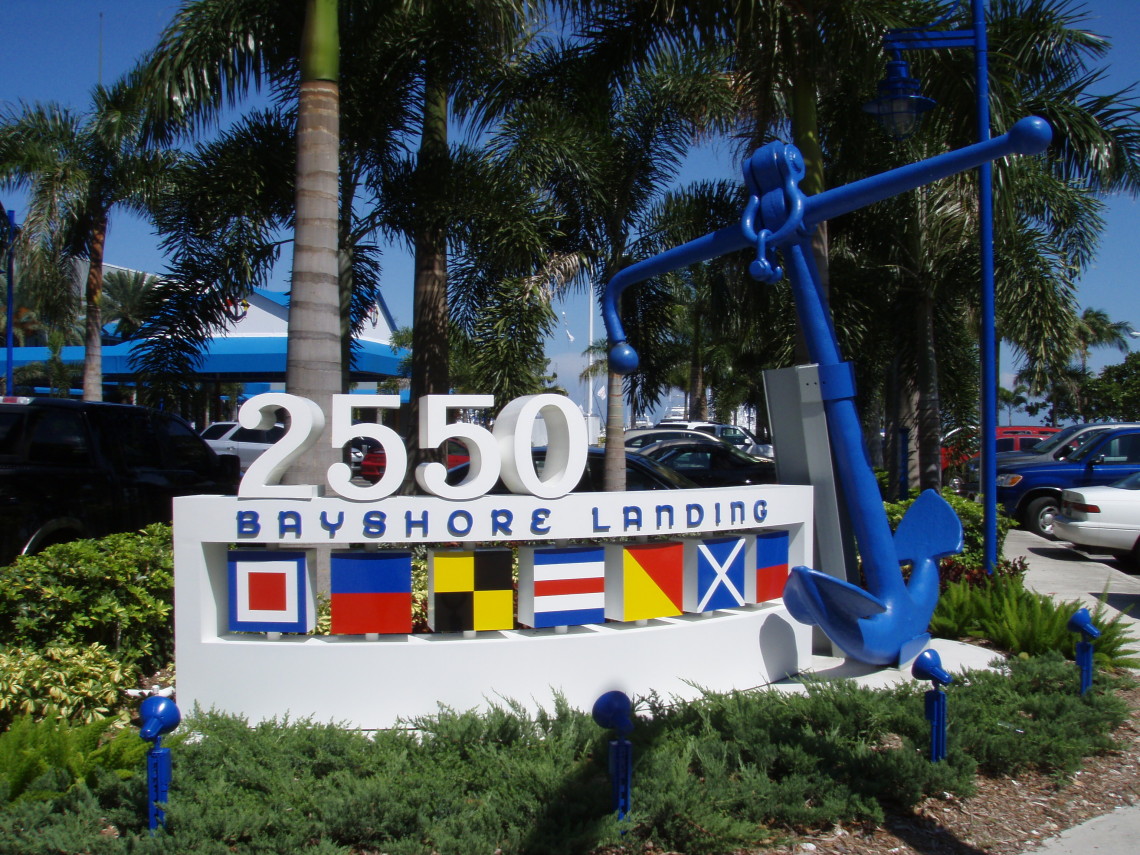The Death on the High Seas Act
When a seaman dies as a result of an employer’s negligence or because of an unseaworthy vessel, the worker’s family may file for benefits under the Death on the High Seas Act (DOHSA). The incident must occur on the high seas beyond a marine league (three miles) from the shore of any state. The decedent’s wife, husband, parent, child may file a claim under the stipulations of the DOHSA.
A plaintiff usually receives damages for pecuniary loss caused by the loss of the deceased seaman’s services. A DOHSA suit must commence within three years from the date of the seaman’s death. If the decedent’s negligent conduct contributed to the accident the award will be reduced accordingly.
 DEATH ON THE HIGH SEAS ACT (DOHSA) APPLIES TO AIRLINE CRASHES & OTHER AIRCRAFT DISASTERS AT SEA
DEATH ON THE HIGH SEAS ACT (DOHSA) APPLIES TO AIRLINE CRASHES & OTHER AIRCRAFT DISASTERS AT SEA
The Death on the High Seas Act, has been applied to victims of airline disasters. Under DOSHA the deceased repre4sentitives may only recovery economic losses. DOHSA applies to accidents “on the high seas.” Under current law, DOHSA applies to the Egyptair Flight 990 disaster, which occurred on international waters, and has been raised as a defense in other crashes despite the fact that those disasters occurred on territorial waters and not on the high seas.
TWA flight 800 crashed just beyond a marine league of New York on take off, killing all aboard. Among the decedents were many children whose parents could assert little actual pecuniary loss resulting from their unfortunate deaths. In response to the public outcry and media attention focused on airline safety, Congress soon undertook the task of amending DOHSA to allow recovery for loss of consortium, care and companionship in all cases of “commercial aviation accidents.” This measure passed the U.S. Congress and became law in April, 2000.On April 5, 2000, a new amendment to DOHSA became law. The amendment applies retroactively to commercial aviation accidents which occur after July 16, 1996 (the day before the TWA 800 disaster).
The DOHSA amendment confirms the ruling of the Second Circuit Court of Appeals in the TWA 800 case that DOHSA does not govern accidents that occur within 12 miles of the United States shoreline. As a result, state law remedies, including punitive damages and conscious pain and suffering, may be recoverable against the airlines and others and not restricted by the Death on the High Seas Act. The amendment further provides that for airline, helicopter and other aviation accidents beyond 12 miles, DOSHA applies but additional non-pecuniary damages are recoverable, which are defined as “care, comfort and companionship.” The amendment does not address whether DOHSA applies on foreign territorial waters.
Those crashes outside 12 nautical miles from the shores of the United States will still fall under the Death on the High Seas Act. Under the amendment however, compensation for non-pecuniary damages will be allowed in addition to pecuniary damages for commercial crashes. Non-pecuniary damages will be permitted only for the loss of care, comfort and companionship in death actions arising from commercial aviation accidents. Commercial aviation involves transport “for compensation or hire.” Thus where persons are killed in “commercial” accidents on the high seas (typically the airline, commuter and charter passengers) the culpable defendants may be forced to pay non-pecuniary damages on top of pecuniary damages.
General aviation accidents on the high seas involving corporate aircraft and privately owned aircraft are excluded. Helicopter flights over water that do not involve compensation or hire, will not be covered by the amended DOHSA. Similarly, public-use aircraft accidents and military aircraft accidents are still subject to the limitations of the 80-year-old Death on the High Seas Act, whereby only pecuniary damages can be recovered.
Death on the High Seas Act (DOHSA): 46 U.S.C. Sec. 761-68



